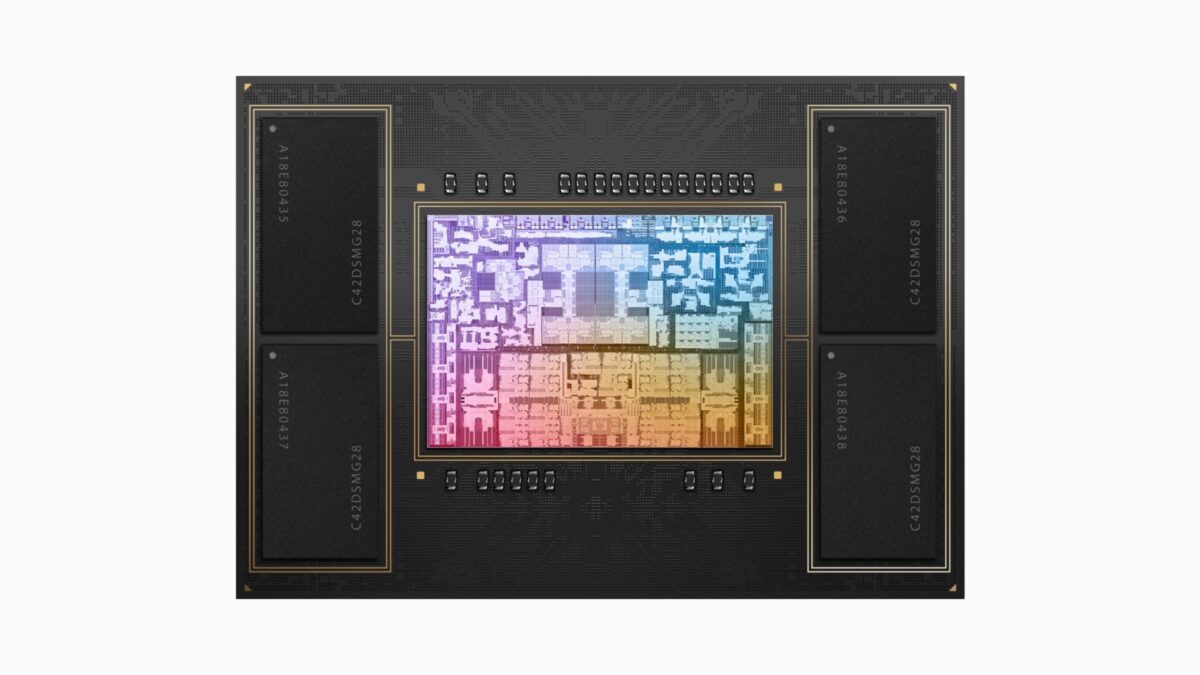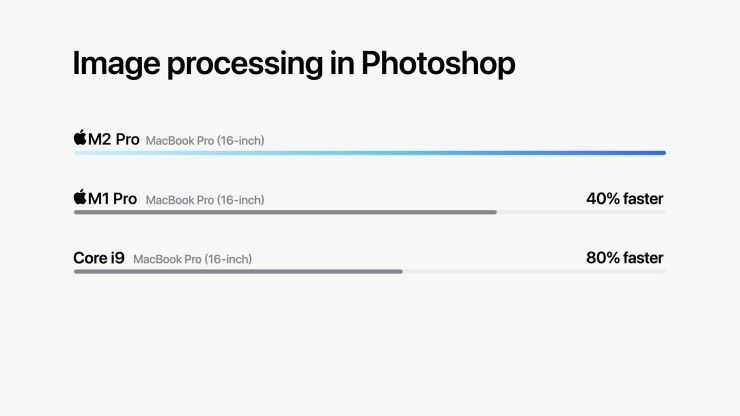
The rumor mill is swirling about the new Apple Silicon, but is it something creatives even need?
Is the constant need for growth finally showing cracks in the foundation? Between the camera, smartphone, GPU, and computer manufacturers, it seems that every year we have incremental updates to products that are faster, more powerful, and shinier.
And every year, the sales seem to slip.
But that hasn’t stopped Apple from apparently reserving nearly 90 percent of TSMC’s first-generation 3-nanometer process capacity this year. According to DigiTimes, the new process will be for the rumored upcoming Apple M3 SoC.
How good will it actually be? Will creatives jump at the chance to upgrade or will we see another slip in sales are folks stay with their current tech?
Apple Silicon, Round Three
According to Mark German of Bloomberg, Apple is already putting the new M3 chip through testing while the new M2 updates are being finalized.
This new chip will have 12 CPU cores, 18 GPU cores, and 36 GB of RAM. The CPU on this SoC will be made up of six efficient cores and six high-performance cores, which is a 50/50 split.
The M2 Max had four efficient cores and eight high-performance cores for a similar 12-core CPU.
It seems that Apple is leaning hard on the efficiency foundation it worked hard to build with its Apple Silicon. Add in the 3nm process (the M2 used 5nm), and you get another bump. According to MacRumors, the new fabrication process offers a 35% power efficiency improvement and a 15% faster performance boost when compared to the 4nm process.
While we can confidently say the 3nm process chips will find their way into iPhones and iPad, it’s unclear if the new laptop chips will use this approach for the M3.
When Good Enough is Really Good
When the M3 SoC finally hits the shelves, it will definitely provide a boost to usability over the previous generation (even over the Pro and Max versions). But the question will be, do we need it?
Yes, 4K video has been the standard capture resolution for quite some time, but the delivery in that resolution still has to catch up. Even with 8K footage, most modern machines can still tackle the material you throw at them. Will faster and faster machines really be necessary?

As a photographer, I’ve actually leaned on my smartphone quite a bit when taking photos for social media. My iPhone 13 Pro has an incredible camera that allows me also quickly to edit and upload content.
That’s why I never upgraded to the iPhone 14. The technology I had in my pocket was good enough for my needs, a that “good enough” was really, really good.
There are some photos I’ve taken where you can’t tell I used a smartphone camera. This is why I probably won’t upgrade from my Macbook Air M2 to the M3 when it comes out. My machine is more than capable of editing 4K videos and RAW photos – and that’s my daily workflow.
Pushing The Boundaries
There will always be creatives who will push the boundaries of creativity. These folks will need the most modern machines. But as Apple develops new tech to put into their devices, we think the most important things won’t actually be the speed increase or the capacity.
Hardware acceleration made Apple Silicon capable of processing video at blazing-fast speeds. That’s why the new machines could keep up with the more “powerful” hardware of yesteryear. The dedicated encoders and decoders build right into the SoC to make sure that the competition couldn’t keep up.

So what type of tech will Apple build into the new M3?
We hope it’ll be an update to the Neural Engine. So much tech currently revolves around AI that it seems like the clear next step. Between text-based editing, local AI image and video generation, and being able to relight or rebuild audio using AI, creatives will need the hardware to support it.
If the new Apple Silicon provides this kind of support, we think creatives will be chomping at the bit to update to the new hardware.
But what do you think? What do you want from the new Apple Silicon?
Let us know in the comments!














